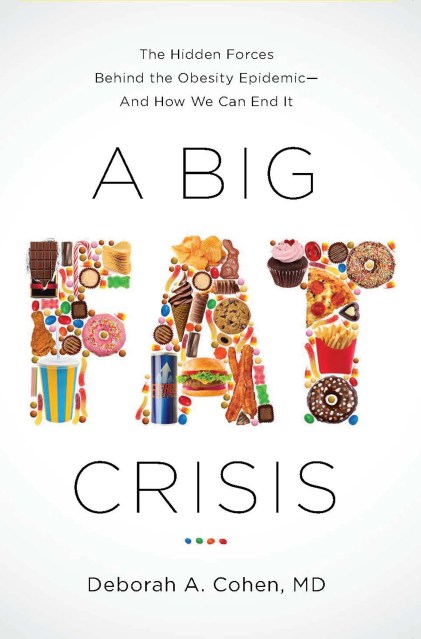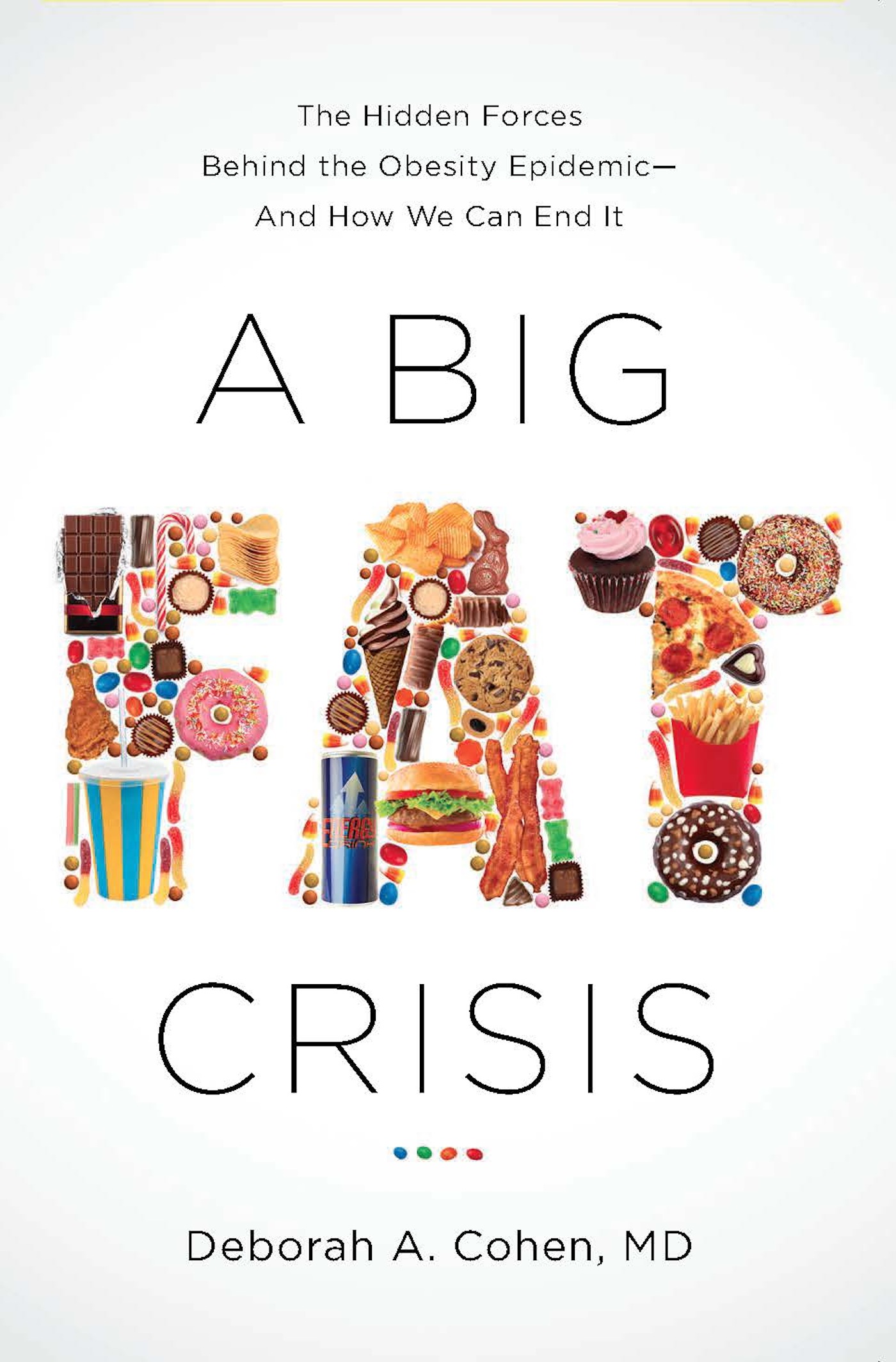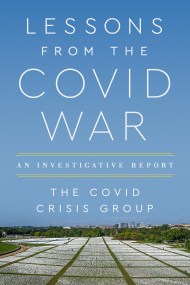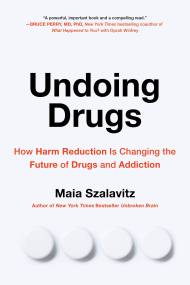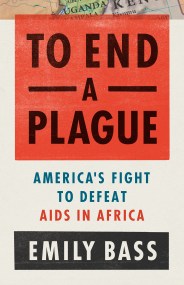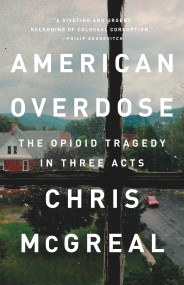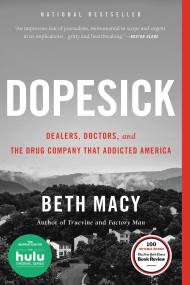Promotion
Use code MOM24 for 20% off site wide + free shipping over $45
A Big Fat Crisis
The Hidden Forces Behind the Obesity Epidemic - and How We Can End It
Contributors
Formats and Prices
Price
$10.99Price
$13.99 CADFormat
Format:
- ebook $10.99 $13.99 CAD
- Trade Paperback $15.99 $18.50 CAD
This item is a preorder. Your payment method will be charged immediately, and the product is expected to ship on or around December 24, 2013. This date is subject to change due to shipping delays beyond our control.
Also available from:
Cohen argues that the massive increase in obesity is the product of two forces. One is the immutable aspect of human nature, namely the fundamental limits of self-control and the unconscious ways we are hard-wired to eat. And second is the completely transformed modern food environment, including lower prices, larger portion sizes, and the outsized influence of food advertising. We live in a food swamp, where food is cheap, ubiquitous, and insidiously marketed. This, rather than the much-discussed “food deserts,” is the source of the epidemic.
The conventional wisdom is that overeating is the expression of individual weakness and a lack of self-control. But that would mean that people in this country had more willpower thirty years ago, when the rate of obesity was half of what it is today! The truth is that our capacity for self-control has not shrunk; instead, the changing conditions of our modern world have pushed our limits to such an extent that more and more of us are simply no longer up to the challenge.
Ending this public health crisis will require solutions that transcend the advice found in diet books. Simply urging people to eat less sugar, salt, and fat has not worked. A Big Fat Crisis offers concrete recommendations and sweeping policy changes-including implementing smart and effective regulations and constructing a more balanced food environment-that represent nothing less than a blueprint for defeating the obesity epidemic once and for all.
Genre:
-
"Cohen's writing is clear, concise, and accessible. A useful contribution, with a balanced though a more public-health approach toward reducing obesity and improving health in general."CHOICE
-
"[A] controversial but compelling solution to the obesity epidemic in the U.S."Shelf Awareness
-
"Dr. Deborah A. Cohen has written a groundbreaking book on obesity. It should be read by everybody."Huntington News
-
"Cohen, an epidemiologist and medical doctor at the RAND Corporation, makes a convincing case that obesity involves far more than a failure of willpower. Cohen certainly presents a fresh, thought-provoking take on how to fight the obesity epidemic."Booklist (starred review)
-
"Cohen takes a behaviorist approach to identifying the antecedents for eating choices, suggesting that the focus on self-control as a key element actually undercuts efforts to make change, given people's assumptions about human nature and our genetic makeup. The author makes a compelling case."Kirkus Reviews
-
"[A] powerful book."Publishers Weekly
-
"Deborah Cohen gives us a physician's view of how to deal with today's big fat crisis. In today's 'eat more' food environment, individuals can't avoid becoming overweight on their own. This extraordinarily well-researched book presents a convincing argument for the need to change the food environment to make it easier for every citizen to eat more healthfully."Marion Nestle, professor of nutrition, food studies, and public health, New York University, and author of Food Politics: How the Food Industry Influences Nutrition and Health
-
"Hundreds of diet books have failed to halt the obesity epidemic in America. If you are among the majority of Americans who are overweight--or are just someone who cares about others who are--you should read Deborah Cohen's A Big Fat Crisis instead. It will give you an entirely new perspective on this creeping disaster and on how our society can end it."Thomas Farley, commissioner of health for New York City, 2009-2013
- On Sale
- Dec 24, 2013
- Page Count
- 272 pages
- Publisher
- Bold Type Books
- ISBN-13
- 9781568589657
Newsletter Signup
By clicking ‘Sign Up,’ I acknowledge that I have read and agree to Hachette Book Group’s Privacy Policy and Terms of Use
